THE MOVEMENT
The movement consists of all the components designed to display the time and all the information of a watch (complications) while also ensuring its accuracy. There are two types of movements: mechanical movements and electronic movements. These two themselves are divided into several subcategories.
Regardless of the type of construction of a movement (mechanical or electronic), its components come together in different groups called “organs”.
Motor, transmission, escapement and regulator are the main organs of mechanical movement.



BRIDGES
Bridges are shaped elements, usually machined from the same material as the mainplate. As structural elements, they form the frame of the movement, along with the mainplate. Positioned and fixed to the latter, they hold the mobile elements in place while allowing them the freedom to pivot around their axis. The number of bridges in a movement varies according to the construction. Generally, a bridge bears the name of the mechanism or organ it secures (e.i., barrel-barrel bridge).

PILLARS
The pillar is a structural element that can be found in some movements. A set of pillars and a plate screwed onto them can replace a bridge and can serve as the base or a mainplate for a second layer of components.
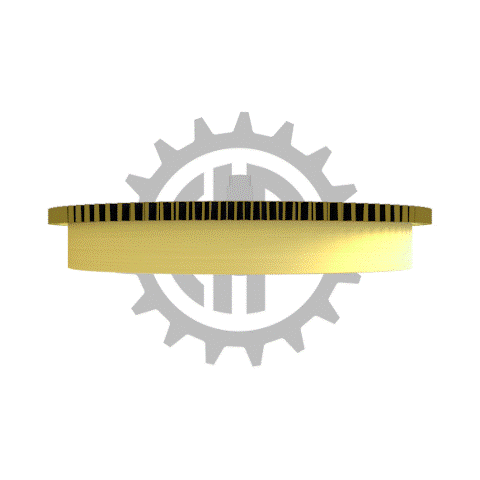
BARREL
It is the power source of a mechanical watch. The barrel consists of a hollow cylinder (the barrel drum) with a ring of gear teeth around it, inside which a powerful spring (the barrel spring) is wound. The energy from the spring is contained and stored inside the drum, which gradually releases it to the entire movement. To gain in power reserve or better chronometry, a movement may sometimes contain multiple barrels.
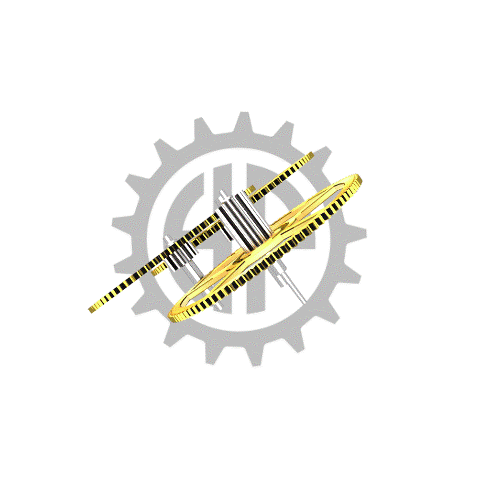
GEAR TRAIN
The gear train (transmission) consists of all the moving parts positioned between the barrel and the escapement wheel. Its role is to transfer the energy from the barrel to the escapement. The number of moving parts can vary depending on the construction. In a multiplying gear train, the output rotates faster than the input.

ESCAPEMENT WHEEL
The escapement wheel, sometimes called the lever wheel, is positioned between the seconds wheel and lever. It consists of a pinion and an escapement wheel with a unique set of teeth that transmits regular impulses to the lever. Traditionally, the wheel and the pinion of an escapement are made of steel. Sometimes, the escapement wheel can be made of gold or silicon.

LEVER
In the kinetic chain of the movement, the lever (sometimes called “lever fork”) is positioned between the escapement wheel and the balance wheel. It is one of the components of the escapement. Typically made of steel, the lever carries ruby pallets. Its role is to hold the energy from the barrel and release it periodically to transmit regular impulses to the balance wheel and maintain its oscillations.

BALANCE WHEEL
Paired with the hairspring, the balance wheel serves as a regulating organ of the watch. It is a circular metal ring that oscillates around its own axis. The precision of the watch depends on the regularity of its oscillations.
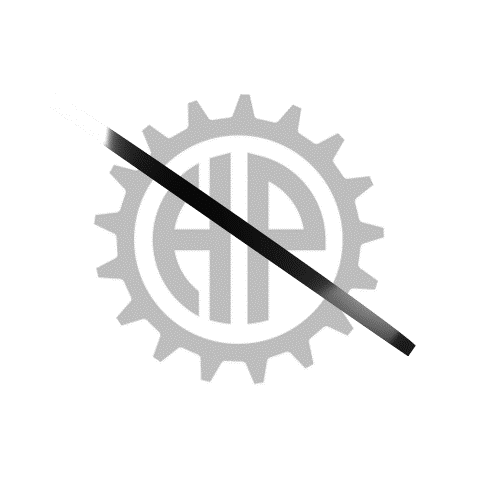
BALANCE-SPRING / HAIRSPRING
The balance spring or hairspring is an integral part of the balance wheel, fixed to its axis. It is responsible for the watch’s precision. The balance spring ensures the regularity of the balance wheel’s oscillations. Its important role and the complexity of its production make it the most sensitive and demanding component to produce.
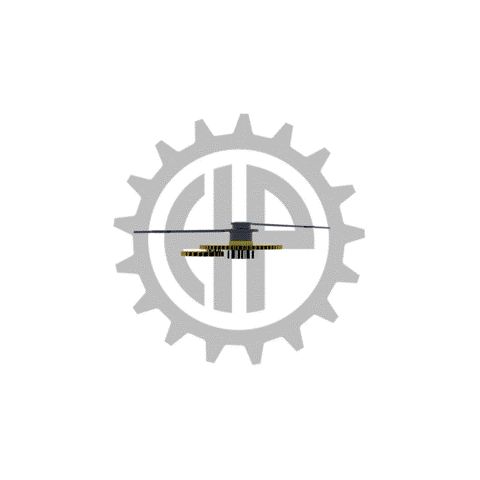
MOTION WORKS
Its role is to distribute the hour and minute information to their respective hands and allow for their correction by the time-setting mechanism.
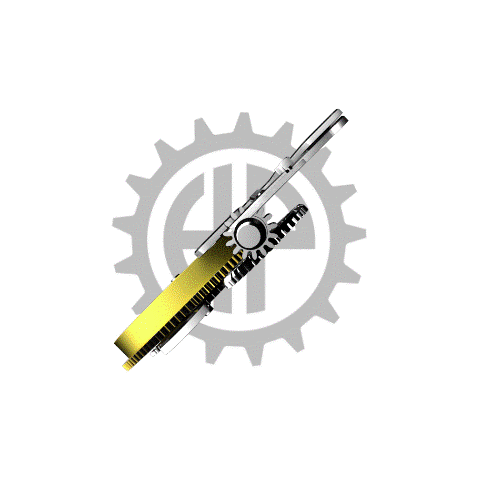
WINDING MECHANISM
Its role is to transmit the energy from the rotations of the crown to the mainspring, which is responsible for storing and gradually releasing the energy to the movement.

TIME-SETTING MECHANISM
When the winding stem is pulled out (in the time-setting position), it allows the crown’s rotations to drive the hands via the minute wheel train and adjust the displayed time.
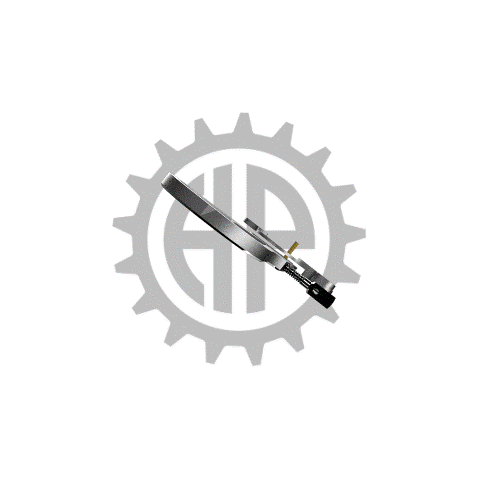
INDEX-ASSEMBLY
The index-assembly comprises all the components peripheral to the regulating organ (balance-spring) that allow for its regulation.

JEWELS, CONTRA-PINIONS & SHOCK ABSORBERS
Jewels are used as pivot bearings for the various moving parts of a movement. They enable these parts to pivot freely (usually between the mainplate and a bridge) by optimizing friction coefficients and reducing pivot wear. Once made of natural rubies, watch jewels are now typically made from synthetic corundum. Shock absorbers are amortising devices placed at pivot points in the movement to minimize the risk of pivot breakage during an impact. Shock absorbers are primarily used for the balance wheel bearings. This is because the balance wheel has a high inertia (weight) and pivot diameters that are often less than 0.15mm.
BECOME A CONTENT CONTRIBUTOR
HOROPEDIA is a participative knowledge platform and we invite all those who wish to contribute to this adventure of sharing watchmaking knowledge to join us.
It can be additional explanations, images or other illustrations or terms not yet identified that deserve to be.
